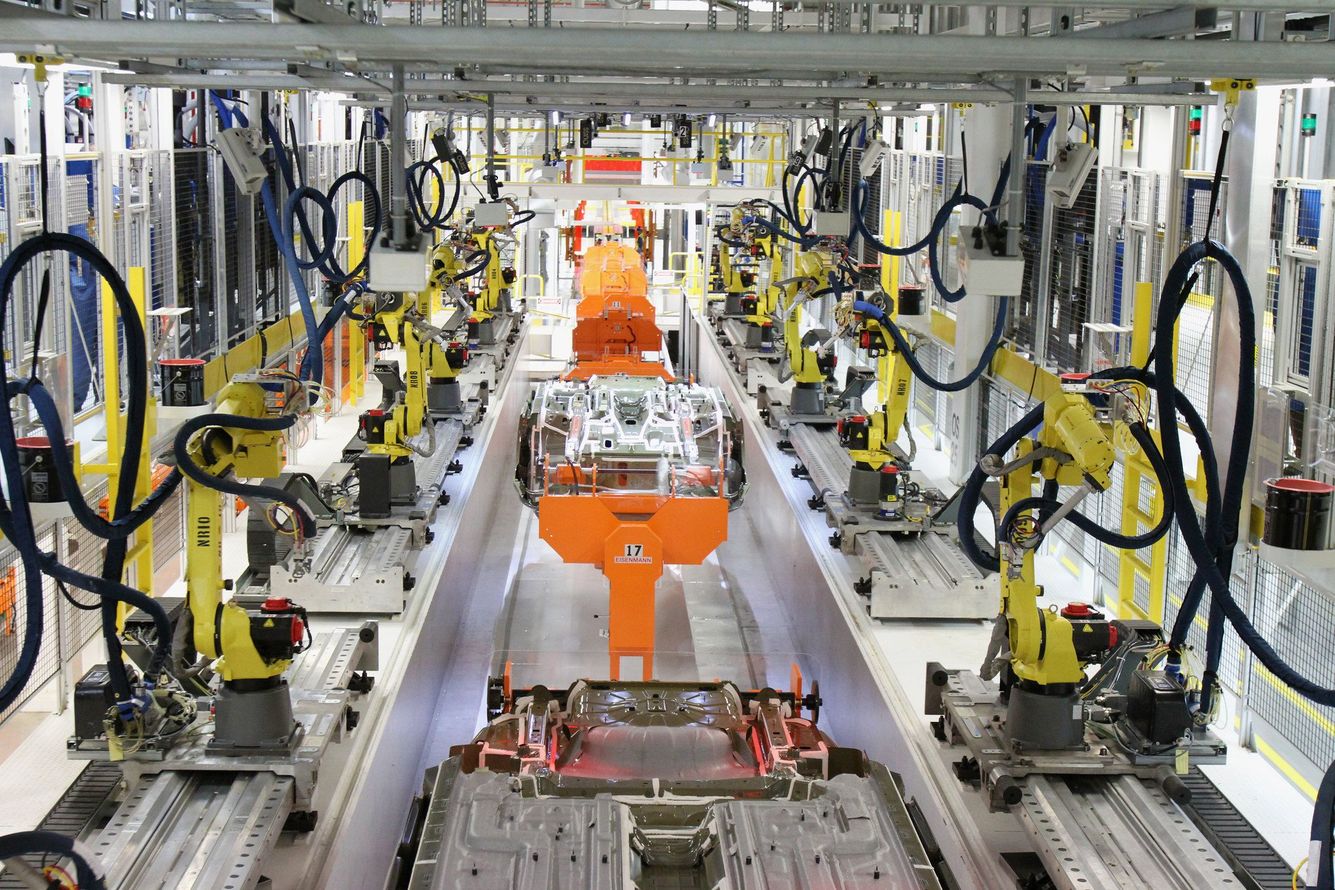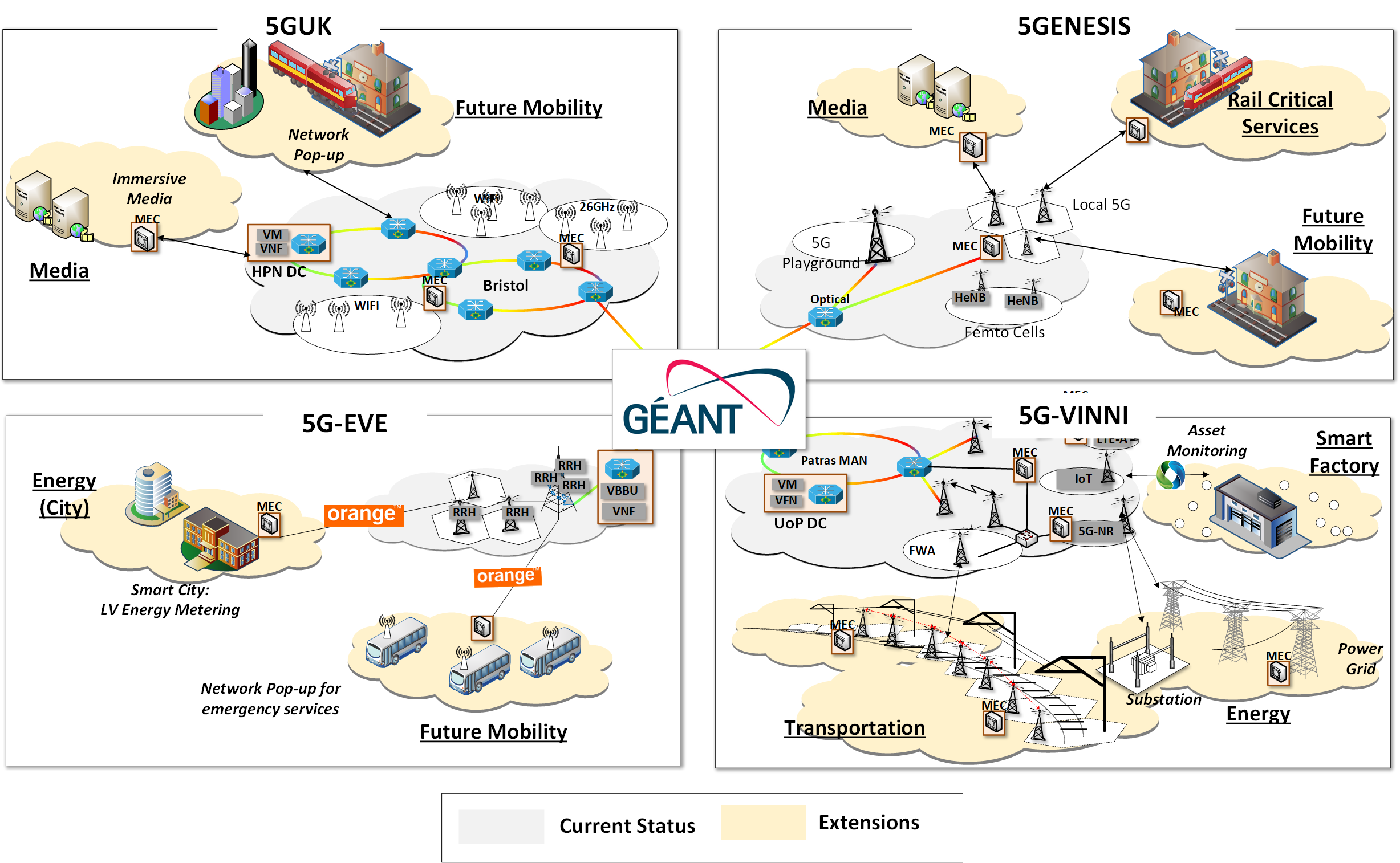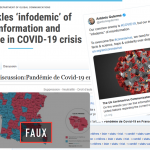5G-Victori: large-scale tests for vertical industries
Twenty-five European partners have joined together in the three-year 5G-Victori project launched in June 2019. They are conducting large-scale trials for advanced use case validation in commercially relevant 5G environments. Navid Nikaein, researcher at EURECOM, key partner of the 5G-Victori project, details the challenges here.
What was the context for developing the European 5G-Victori project?
Navid Nikaein: 5G-Victori stands for VertIcal demos over Common large scale field Trials fOr Rail, energy and media Industries. This H2020 project is funded by the European Commission as part of the 3rd phase of the 5GPPP projects (5G Infrastructure Public Private Partnership). This phase aims to validate use cases for vertical industry applications on realistic and commercially relevant 5G test environments. 5G-Victori focuses on use cases involving in Transportation, Energy, Media, and Factories of the Future.
What is the aim of this project?
NN: The aim is threefold. First, the integration of different 5G operational environments required for the demonstration of the large variety of 5G-Victori vertical and cross-vertical use cases. Second, testing the four main use-cases, namely Transportation, Energy, Media, and Factories of future, on 5G platforms located in Sophia Antipolis (France), Athens (Greece), Espoo and Oulu (Finland), allowing partners to validate their 5G use cases in view of a wider roll-out of services. Third, the transformation of the current closed, purposely developed and dedicated infrastructures into open environments where resources and functions are exposed to the telecom and the vertical industries through common repositories.
What technological and scientific challenges do you face?
NN: A number of challenges have been identified for each use cases that will be tackled during the course of the project in their relevant 5G environment (see figure below).
In the Transport use case, we validate the sustainability of critical services, such as collision avoidance, and enhanced mobile broadband applications, such a 4K video streaming, under high-speed mobility in Railway environments. Main challenges considered in 5G-Victori are (a) the interconnection of on-board devices with the trackside and the trackside with the edge and/or core network (see figure below), and (b) guaranteed delivery of railway-related critical data and signalling services addressing on-board and trackside elements using a common software-based platform.
In the Energy use case, the main challenge is to facilitate the smart energy metering, fault detection, and preventive maintenance taking advantage of the low latency signal exchange between the substations and the control Center over 5G networks. Both high-voltage and low-voltage energy operations are considered.
In the Media use case, the main challenge is to enable divers content delivery networks capable of providing services in dense, static and mobile environments. In particular, 4K video streaming service continuity in mobile scenarios with 5G network coverage, and bulk transfer of large volumes of content for the disconnected operation for personalized Video on Demand (VoD) services.
In the Factories of future use case, the main challenge is the design and development of a fully automated Digital Utility Management system over a 5G network demonstrating advanced monitoring solutions. Such a solution shall be able to track all the operations, detect equipment fault, (3) support decision-making process of first responders based on the collected data.
How are EURECOM researchers contributing to this project?
NN: EURECOM is one of the key partners in this project as it will provide its operational 5G testing facilities based on OpenAirInterface (OAI) and Mosaic5G platforms. The facility provides Software-defined Networks (SDN), Network Function Virtualization (NFV) and Multi-access Edge Computing (MEC) solutions for 5G networks. In addition, Eurecom will design and develop a complete 5G network slicing solution that will be used to deploy a virtualized 5G network tailored to the above-mentioned use cases. Finally, Eurecom will pre-validate a subset of scenarios considered in the project on.
Also read on I’MTech SDN and virtualization: more intelligence in 5G networks
Who are your partners and what are your collaborations?
NN: The project counts 25 European partners that are represented in the figure below: SMEs, network operators, vendors, academia… EURECOM is playing a key role in the project in that it provides (a) 5G technologies through OpenAirInterface and Mosaic5G platforms to a subset of partners, and (b) 5G deployment and testing facilities located at Sophia Campus.
What are the expected benefits of the project?
NN: In addition to the scientific benefits in terms of publications, the project will provide supports in continuous development and maintenance of the OpenAirInterface and Mosaic5G software platforms. It also allow us to validate whether 5G network is able to deliver the considered use cases with the expected performance. We also plan to leverage our results by providing feedbacks when possible to the standardization bodies such as 3GPP and ORAN.
What are the next important steps for the project?
NN: In the first year, the project focused on refining the 5G architecture and software platforms to enable efficient execution of the considered use cases. In the 2nd year, the project will focus on deploying the use cases on the target 5G testing facilities provided by 5G-EVE, 5G-VINNI, 5GENESIS, and 5G-UK.
Learn more about the 5G-Victori project
Interview by Véronique Charlet for I’MTech







Trackbacks & Pingbacks
[…] Read the interview here. […]
Leave a Reply
Want to join the discussion?Feel free to contribute!